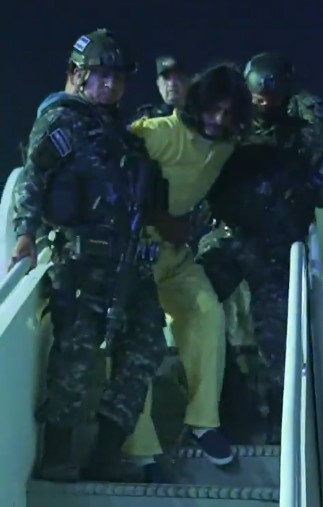A man often referred to as the ‘living Nostradamus’ has made a grim forecast about the Doomsday Clock, a symbolic clock face representing a countdown to possible global catastrophe.
Set to be updated today, 23 January, the Doomsday Clock is a gauge used by the Bulletin of the Atomic Scientists to symbolize the imminent threat of global annihilation due to human-made technologies. The closer the clock is to midnight, the closer we are perceived to be to a global disaster.
Currently, the clock is at its most alarming position ever, just 90 seconds to midnight, primarily due to heightened global tensions and technological threats.
Rachel Bronson, President of The Bulletin of the Atomic Scientists, emphasized last year, “The time on the Doomsday Clock represents the judgement of leading science and security experts about the threat to human existence, with a focus on man-made threats.”
Ahead of this year’s update, self-proclaimed psychic Athos Salomé from Brazil, who claims to have foreseen various global events, shared his insights. Speaking to the Daily Star, Salomé pointed out that “the Israel-Hamas conflict, Russia’s aggression in Ukraine, the growing alliance between North Korea and Russia along with North Korea’s nuclear tests” are critical factors influencing the clock’s setting.
He views these events as interconnected indicators of a potentially darker future. Salomé remarked, “It’s important to remember that at its core the Doomsday Clock serves as an instrument of awareness. It doesn’t predict our future [but] acts as a cautionary signal highlighting the perils that surround us.”
He further explained, “Each tick of the clock represents not behaviour but also the vast and enigmatic universe that surrounds us. We are all intertwined in this voyage through time and every decision we make, every action we take reverberates within the tapestry of humanity’s fate.”
Salomé predicts the clock will be set ‘between 80 to 85 seconds before midnight’, but cautions against viewing this as a definitive statement. He suggests that current global tensions leave the Bulletin of the Atomic Scientists with little choice but to place the clock alarmingly close to midnight.




